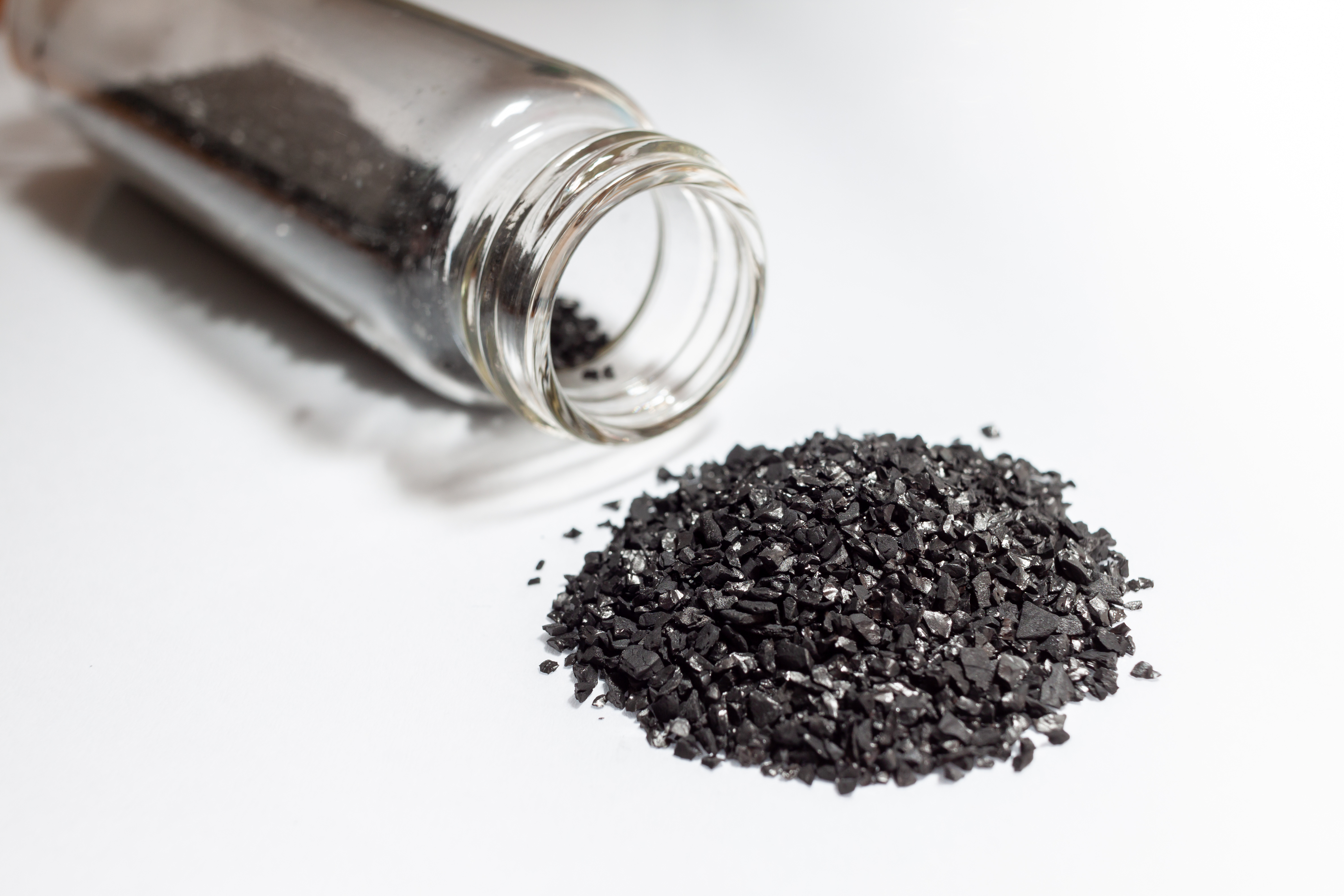Background
__
Introduction
___
Catalytic ozonation is now widely used for removal of recalcitrant organic compounds from industrial wastewaters including membrane concentrates. Our suspension catalyst ozonation reactors provide particularly rapid removal of these organic compounds with both the design and operation of these highly efficient reactors optimised through a combination of experimental and computational methods.
Competitive advantages
___
In comparison with the widely deployed fixed bed catalytic ozonation reactors, our suspension catalyst ozonation reactor (SCOR) systems provide the following advantages:
- High reactivity contributed by high surface areas and small sized catalysts used
- Our catalysts don’t need support material
- Our catalyst can be readily replaced, regenerated and reused
- High rate of O3 usage enhances O3 transfer
Results of the preliminary laboratory scale studies comparing fixed bed with suspension reactor:
Main innovations
__
Innovative gas/liquid mixer/injector
To improve O3 (g) mass transfer
High activity and low-cost catalyst
To improve O3 utilization
Low-cost and low-maintenance catalyst barrier to retain/reuse the catalyst in the reactor
To avoid usage of costly membrane processes for solid/liquid separation and catalyst retention.

UNSW team has unique capacity to develop models that couple hydrodynamics and chemistry – vital for design optimization and process control
Key achievements
___
- Supported by the NICE-UNSW "Proof-of-Scale" Fund




